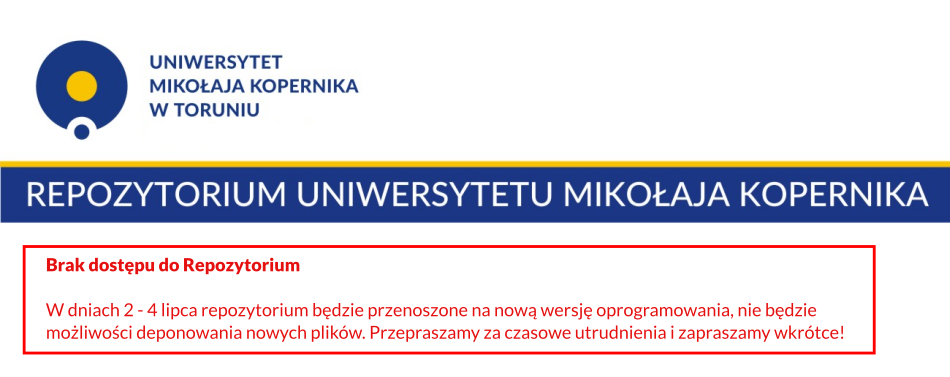| dc.contributor.author |
Igliński, Bartłomiej |
| dc.contributor.author |
Kiełkowska, Urszula |
| dc.contributor.author |
Piechota, Grzegorz |
| dc.date.accessioned |
2022-04-26T12:35:07Z |
| dc.date.available |
2022-04-26T12:35:07Z |
| dc.date.issued |
2022 |
| dc.identifier.citation |
Clean Technologies and Environmental Policy, 2022. |
| dc.identifier.other |
https://doi.org/10.1007/s10098-022-02316-y |
| dc.identifier.uri |
http://repozytorium.umk.pl/handle/item/6737 |
| dc.description.abstract |
Citric acid (CA) is one of the most important commercial products. The food industry is the largest consumer of the acid, using almost of 70% of the total production, followed by about 12% by the pharmaceutical industry and 18% for other applications. CA is manufactured commercially by the fermentation of carbohydrates, mainly saccharose and molasses, by Aspergillus niger using surface, submerged and solid-state fermentation medium. The currently used process causes environmental problems such as production of highly impure post-fermentation waste including dirty CaSO4. The aim of the article was to present alternative production methods for CA, which are more environmental-friendly. Fermentation using the yeast of Yarrowia lipolytica is currently undergoing intensive research as an alternative to the classic technology of CA. Extraction by organic solvents is also a promising method of CA production from aqueous solutions. Solvent extraction process is used to eliminate calcium hydroxide and sulphuric acid in the precipitation process. Due to the development of membrane techniques, membranes have been widely used in many branches of industry, including CA technology. CA release and condensation can be obtained by means of electrodialysis, ultrafiltration or/and nanofiltration as well as using liquid membranes. The electrodialysis with a bipolar membrane is another promising method of obtaining CA. Its main strengths are the simplification of technological cycles, waste elimination and creating high-quality products. Selected membrane systems are shown; the BP-A-C system was characterized by the lowest energy consumption (membranes: bipolar, anion exchange and cation exchange). New methods of management of waste biomas from CA production technology towards biogas production are described. Biogas and the biomethane derived from it are widely used: for the production of electricity and heat (cogeneration), as network gas (a substitute for natural gas) and as fuel in vehicles. |
| dc.description.sponsorship |
UMK |
| dc.language.iso |
eng |
| dc.publisher |
Springer |
| dc.rights |
CC0 1.0 Universal |
| dc.rights.uri |
http://creativecommons.org/publicdomain/zero/1.0/ |
| dc.subject |
Citric acid |
| dc.subject |
Aspergillus niger |
| dc.subject |
Yarrowia lipolytica |
| dc.subject |
Extraction |
| dc.subject |
Liquid membranes |
| dc.subject |
Electrodialysis |
| dc.subject |
Biogas |
| dc.title |
Proecological aspects of citric acid technology |
| dc.type |
info:eu-repo/semantics/article |


